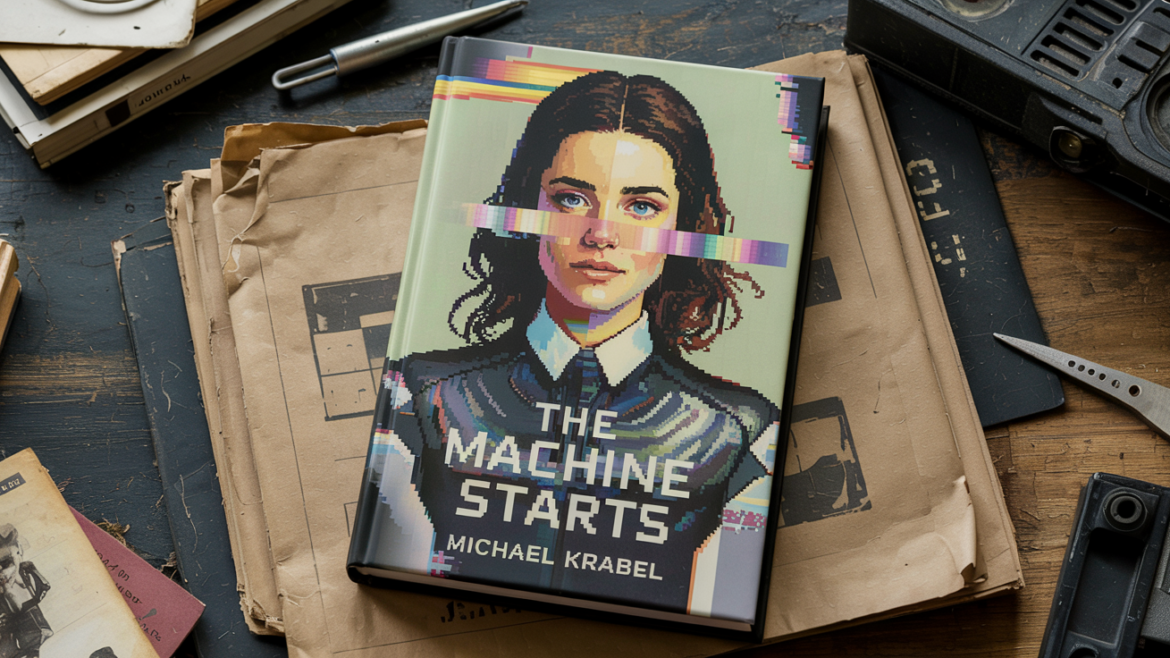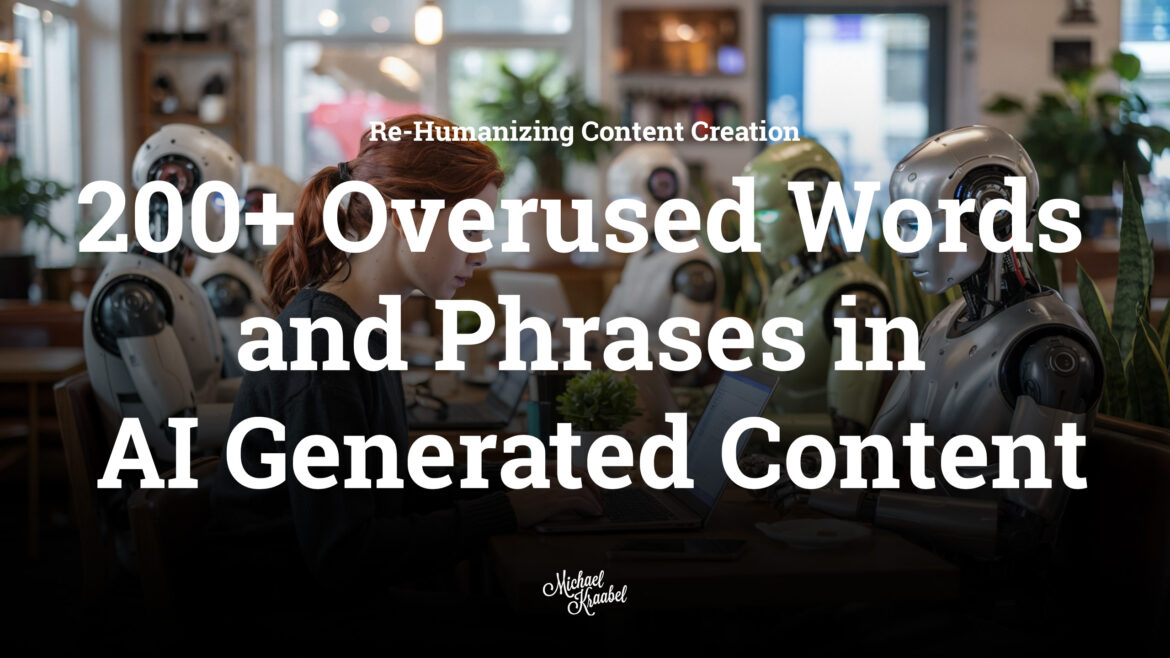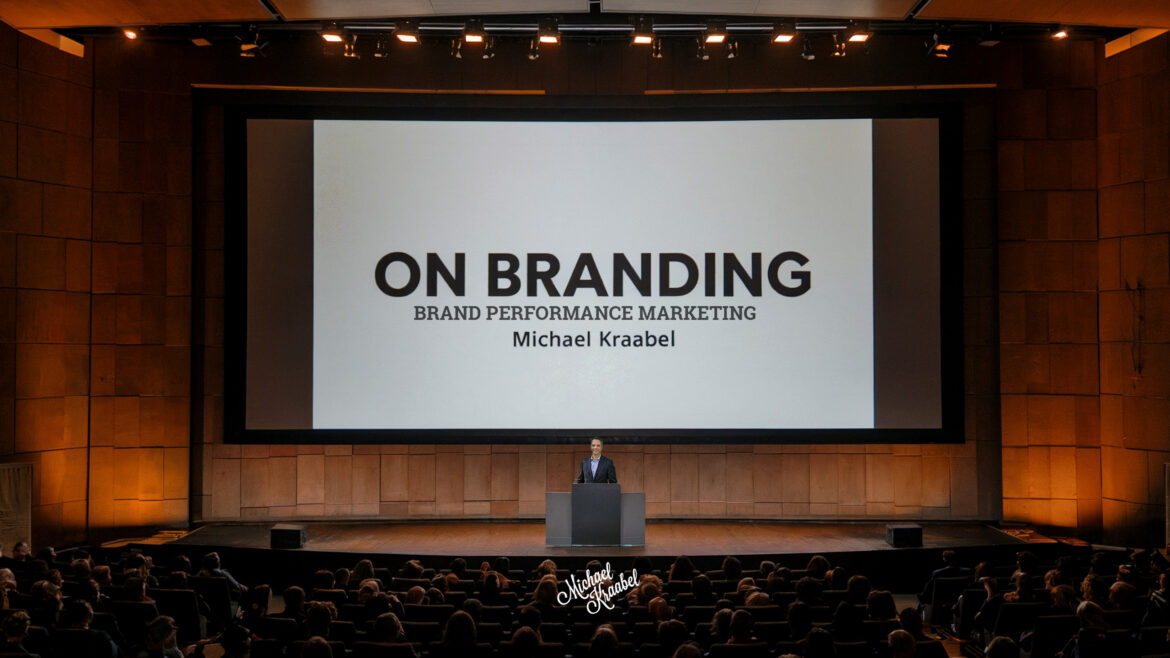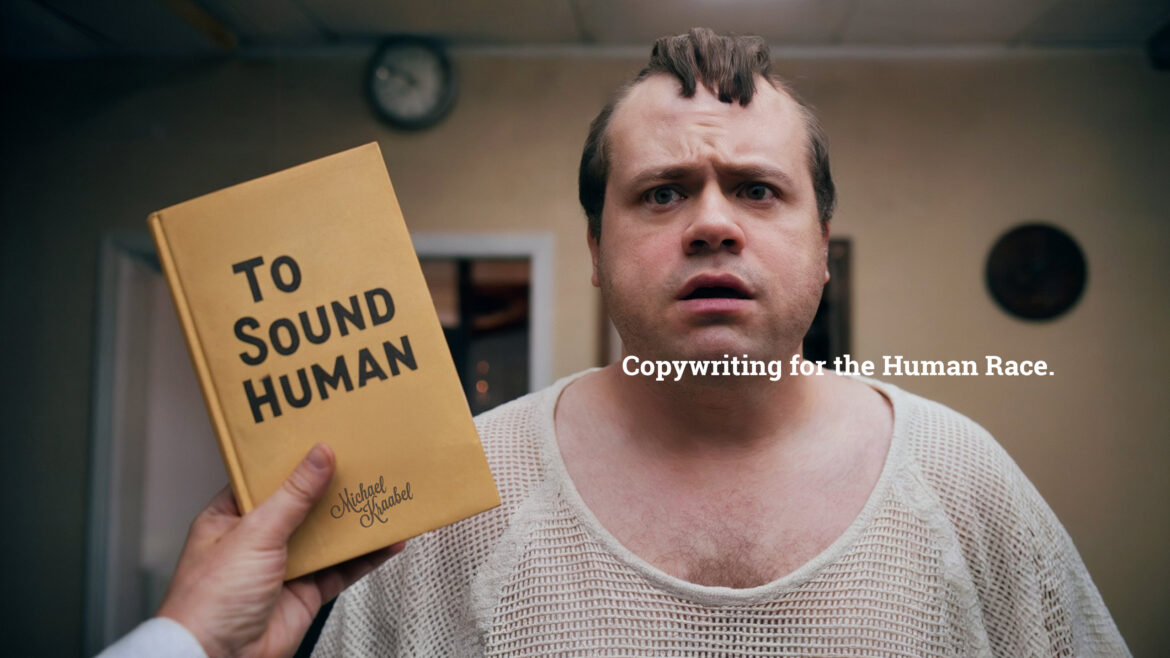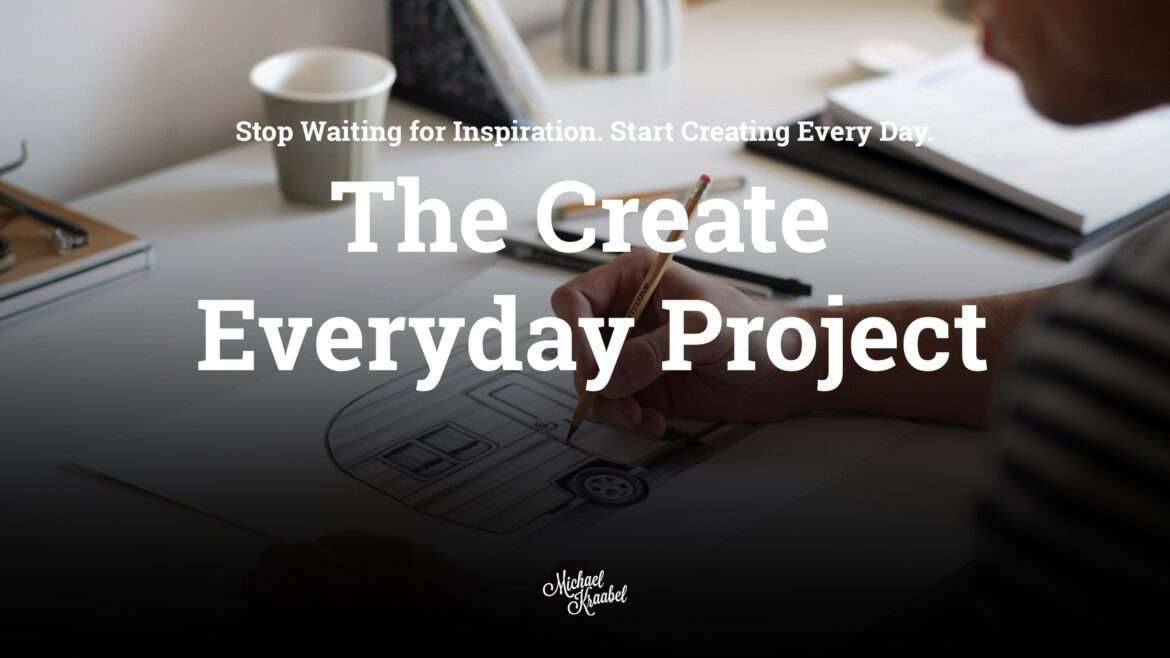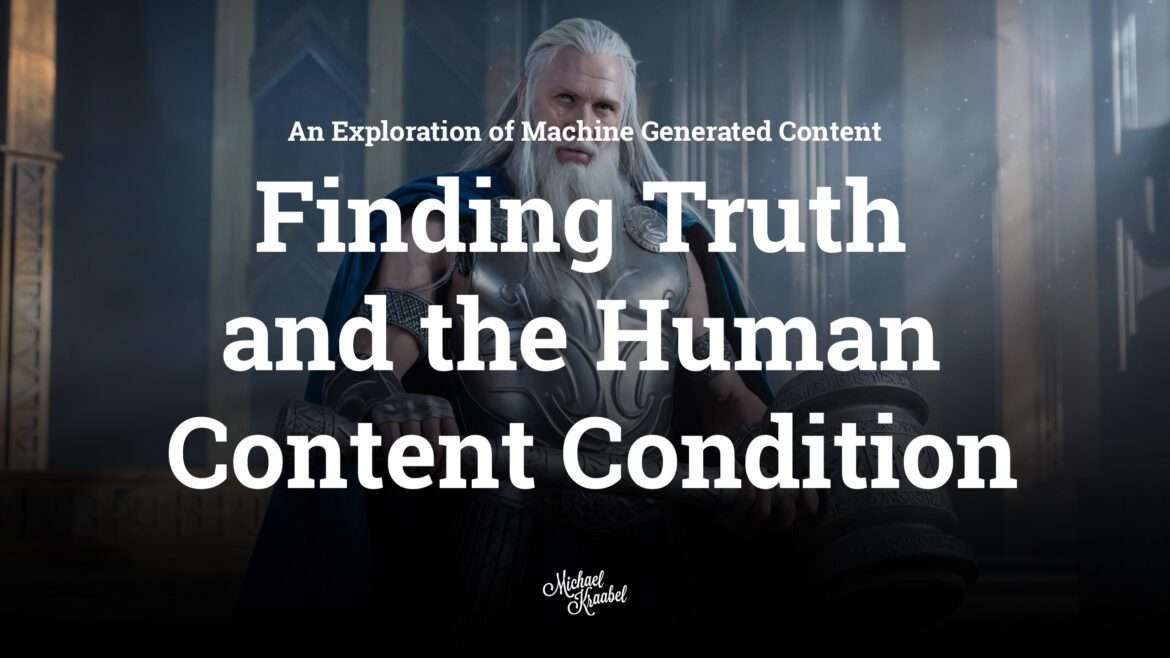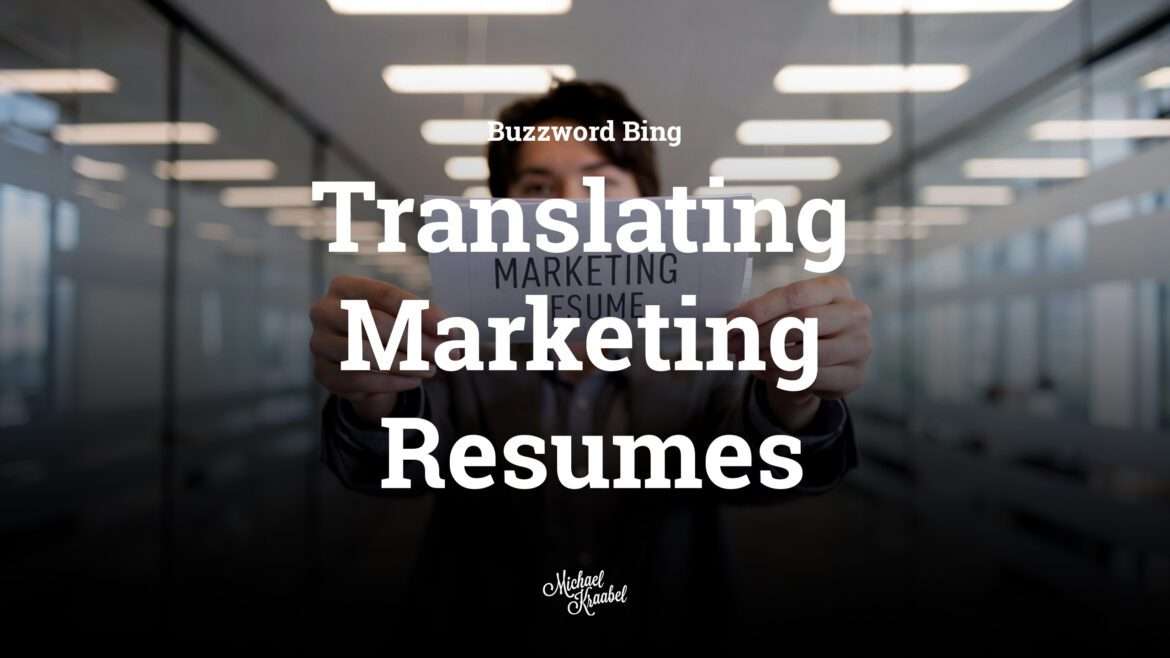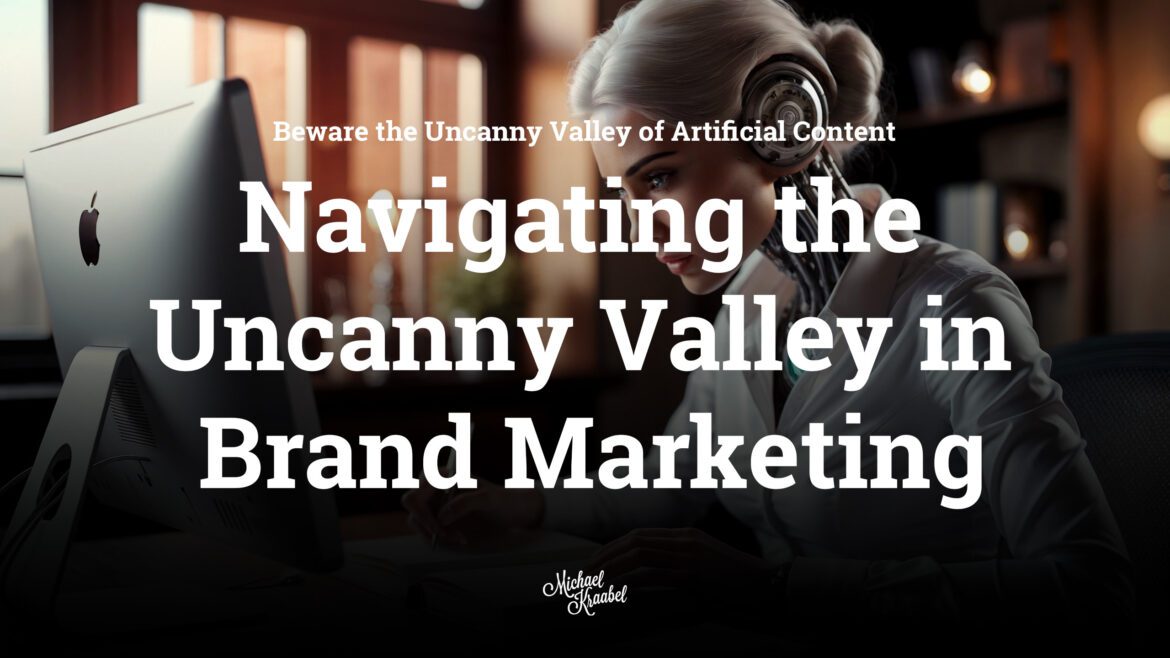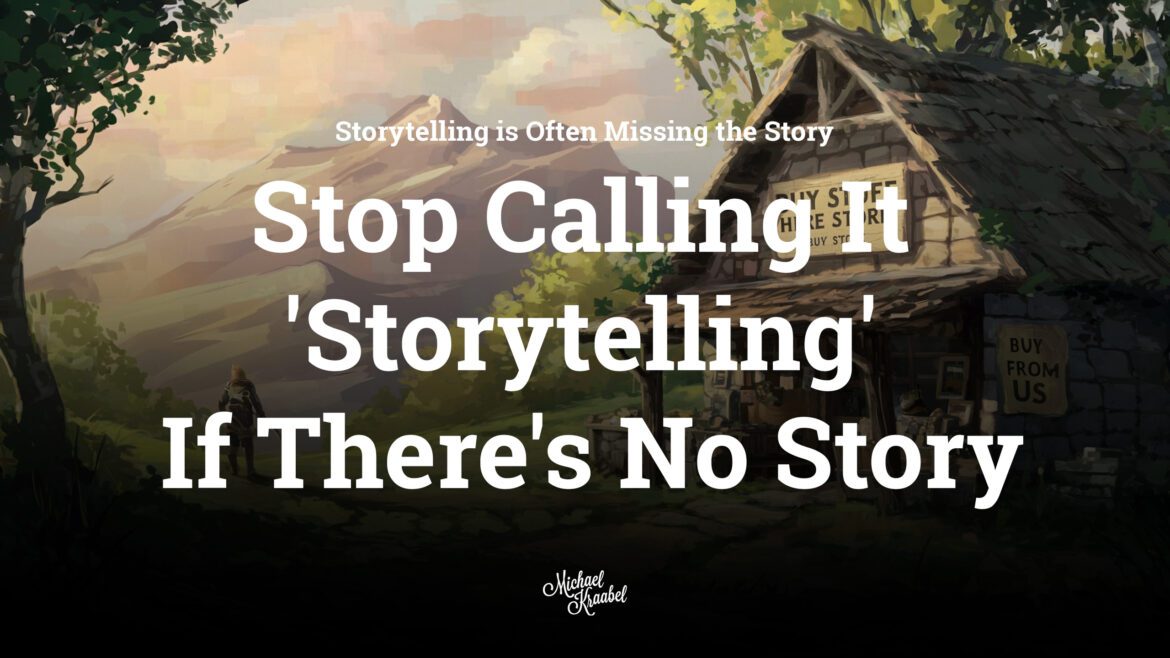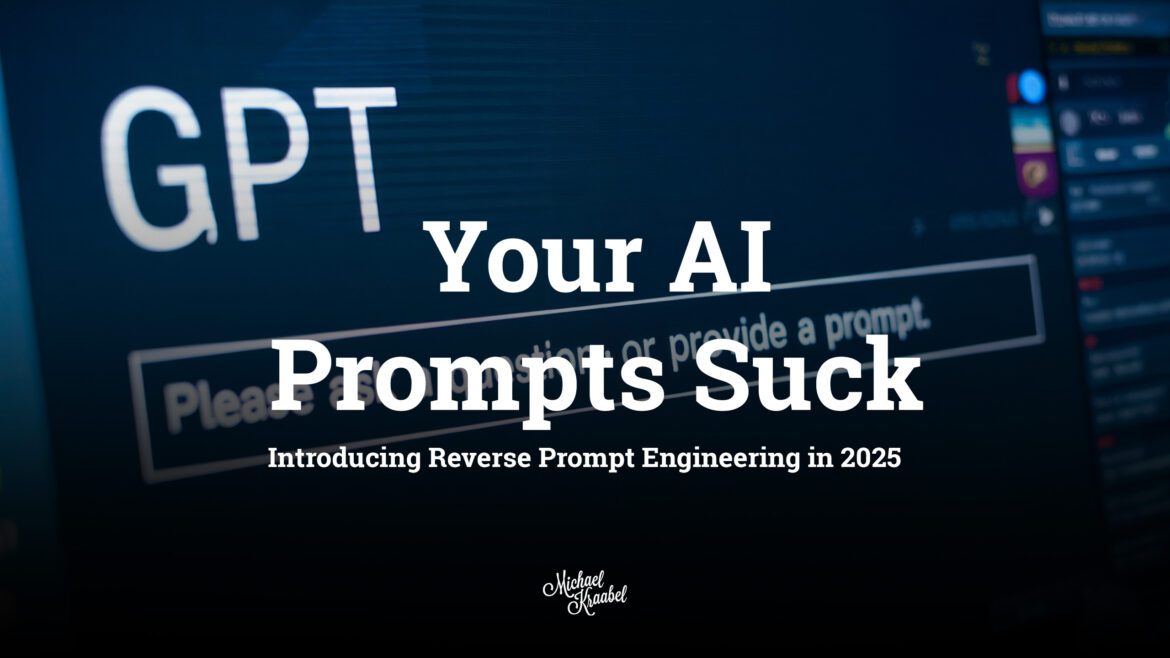The Machine Watches, The Machine Waits
https://www.kraabel.net/wp-content/uploads/2025/03/themachinestarts_book-1024x574.png 1024 574 Michael Kraabel Michael Kraabel https://www.kraabel.net/wp-content/uploads/2025/03/themachinestarts_book-1024x574.pngWhen E. M. Forster published The Machine Stops in 1909, the world had no internet, no digital assistants, no algorithms curating every desire. And yet, he saw us coming. His world of isolated citizens, living underground, connected by a vast system that both provided and controlled, was not merely a dystopian fantasy. It was a…
read more

